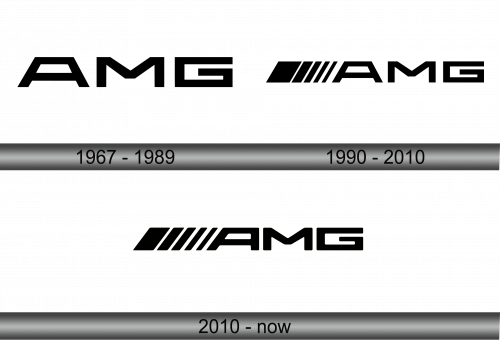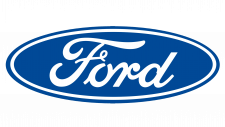AMG Logo
AMG, short for Mercedes-AMG GmbH, is a performance and tuning subsidiary of Mercedes-Benz. Currently, AMG focuses on producing high-performance, modified, and uniquely styled Mercedes vehicles. Known for its signature hand-built engines, the brand encapsulates luxury and speed. Principal markets include Europe, the U.S., and Asia. Daimler AG, the multinational behind Mercedes-Benz, owns and operates AMG, solidifying its position as an elite performance-enhancing division within the realm of luxury automotive manufacturing. With a strong reputation for excellence, AMG continues to innovate, pushing the boundaries of automotive performance.
Meaning and history
Mercedes-AMG GmbH, commonly known as AMG, has its roots traced back to 1967. It was founded by Hans Werner Aufrecht and Erhard Melcher in Großaspach, Germany, with the initials “A”, “M”, and “G” denoting Aufrecht, Melcher, and Großaspach respectively. Initially, AMG started as an engine development company, focusing primarily on creating racing engines.
By the early 1970s, AMG had achieved success in motorsports, and their reputation grew. Their success on the track translated into increasing demand for customized Mercedes-Benz cars. As a result, they began offering high-performance versions of Mercedes cars to the public.
In 1990, Mercedes-Benz and AMG signed a contract of cooperation, signaling a shift from being independent entities to more integrated partners. This partnership led to the joint development and production of sporty Mercedes-Benz vehicles.
1999 marked a significant milestone when DaimlerChrysler AG (now Daimler AG) acquired a majority interest in AMG, and by 2005, it became a wholly-owned subsidiary. With this acquisition, AMG transitioned from a small tuning house to an integral part of Mercedes-Benz, producing high-performance vehicles with the same level of precision and luxury as its parent company.
Throughout its existence, AMG has maintained a commitment to hand-assembled engines, a principle that distinguishes its vehicles. Each engine is built by a single engineer, epitomizing the brand’s dedication to quality and performance.
Today, AMG remains synonymous with performance, luxury, and innovation, continuing its legacy of transforming Mercedes-Benz cars into high-performance machines while staying true to its rich history.
1967 – 1989
The term “AMG” goes beyond a mere collection of letters. Embedded within those three initials are the legacies of the brand’s creators, signaling the inauguration of the vehicle. The “A” represents Aufrecht, “M” signifies Melcher, while “G” echoes Grossaspach, the place that holds relevance in their history. These alphabets serve as the foundational pillars of the emblem. Frequently, this symbol is adorned on the vehicle’s chassis in harmony with the Mercedes insignia or can be found embellishing its components, solidifying the connection between the two brands and underscoring the exclusivity of AMG-tuned vehicles.
1990 – 2010
AMG’s emblematic representation is epitomized by a trio of alphabets accompanied by five diagonally angled stripes. It’s well-acknowledged that the three initials resonate with the brand’s moniker, while the streaks artistically echo the mechanics of a crankshaft or the resilience of a valve spring. These lines exhibit varying thicknesses: commencing with a bold stroke on the left, gradually tapering to a more slender one on the extreme right. This gradation infuses the logo with a sense of movement, underscoring the brand’s technical prowess and commitment to dynamic performance. The characters in the logo are broad, prominently scaled, set apart with ample space, and crafted without serifs, exuding a modern and robust aura.
2010 – Today
In the refreshed rendition of the emblem, there’s a subtle transformation in the typography. Not only have the characters undergone a mild redesign, but the design components now also feature gently curved edges. This modern twist brings a softer, more contemporary appeal, melding tradition with current design sensibilities. It showcases the brand’s adaptability, their willingness to evolve while still maintaining a nod to their origins. This attention to detail reinforces the brand’s commitment to excellence, ensuring that even the slightest modifications are executed with precision and purpose.














